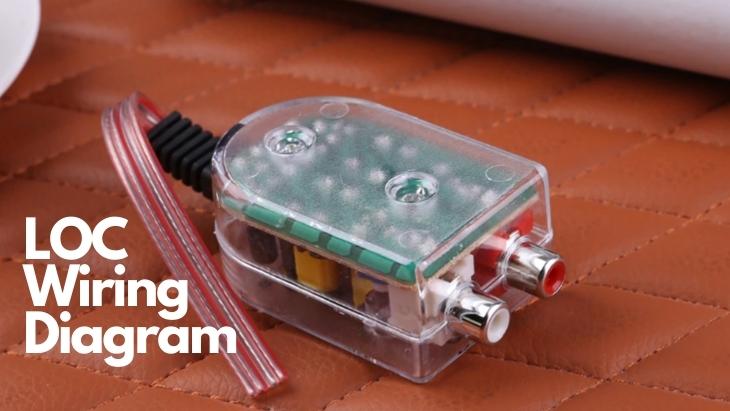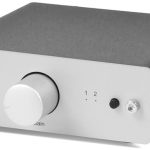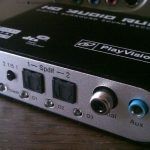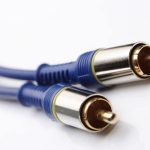Aftermarket car amplifiers come in different wiring configurations to suit a variety of installation scenarios. The layout of your specific amplifier often determines how it accepts signals from different audio sources, including your stock or aftermarket radio.
But unlike aftermarket radios, which come with numerous preamp outputs, stock stereo systems don’t always include designated RCA or preamp outputs. The preamps outputs allow you to add line-level devices such as amplifiers, external crossovers, or even EQ systems.
Now, if your stock radio does not have preamp outputs, you may want to consider investing in a line output converter. Generally, a line output converter (LOC) is designed to convert the high level amplified output signals from your speakers to an acceptable RCA preamp level that you can feed your amplifier with.
We’ve been receiving more and more questions on how to install a line output converter to a stock stereo. Today, we’ll show you how to install a line output converter and provide you with a Metra line output converter wiring diagram to get you started.
Installing a Line Output Converter
A typical line output converter is installed using your stock radio speaker output wires found behind your stereo or input terminals of your OEM speakers. Alternatively, you install your line output converter using output wires that came with your OEM amplifier.
Metra is a renowned manufacturer of line output converters that are designed to work with just about any OEM radio. Metra LOCs are extremely easy to install, and the best part is that you can mount your device in the trunk when installing your subwoofer.
Metra Line Output Converter Wiring Diagram
To add a Metra line output converter to your stereo system, you’ll basically need to tap your existing speaker wires. First off, you’ll need to run the speaker wires from your left and right front speakers to the line output converter’s input.
After completing connecting the front speakers you’ll then need to run RCA cables from the LOC to the amplifier to transmit the audio signal from the speakers to the amplifier, as shown in the wiring diagram below.

Wire Color and Use
In most basic car stereo configurations, you will have four speaker wires running from the stock radio to factory speaker locations. However, in high-end car stereo applications, you may have up to eight speaker outputs, so may want to figure out how to run each wire to the corresponding speaker output.
The audio input wire colors for the Metra line output converter are as follows;
- White- Left front speaker(+) input
- White/ black stripe- Left front speaker (-) input
- Gray- Right front speaker(+) input
- Gray/ black stripe- Right front speaker (-) input
- Black- Ground (-) input
In most applications, you’ll be required to stripe the speaker wires and connect them directly to the LOC wiring harness. While doing so, you need to match the LOC wires with your specific car model wiring harness. Now, considering that different car models will have a unique wiring harness, you may want to look around to find one that will match your specific car model.
While connecting the speakers, you may also want to ensure that they are in phase with the input connection of the line output converter. Simply put, you’ll need to connect the positive terminals of the speakers to the corresponding positive input of the LOC. The same case applies to the negative input connections. Contrary to this, you risk low quality audio or damaging your equipment altogether.
Parting Shot!
Adding a line output converter provides a great opportunity to feed signals from the factory radio to your aftermarket amplifier. In addition, it lets you deliver a balanced output from your factory stereo to your new aftermarket amplifier for the best sound possible. Perhaps the biggest challenge you’ll ever face as a car owner is the lack of low-level RCA outputs in your stock stereo.
Adding a line output converter will help ensure high quality sound reproduction by creating signals that your aftermarket amplifier can amplify. Connecting to line a line output converter should not take much of your time. All you need to do is run the speaker level outputs to the inputs of your line input converter, and you are good to go.
Michael Evanchuk is a San Francisco-based sound engineer with 20 years’ experience installing, troubleshooting, and repairing commercial, automotive, and household sound equipment. Evanchuk owns an auto stereo center, where he offers highly competitive car audio installation and repair services. He has written dozens of articles on different sound engineering topics, all of which have been published in leading journals, blogs, and websites.





